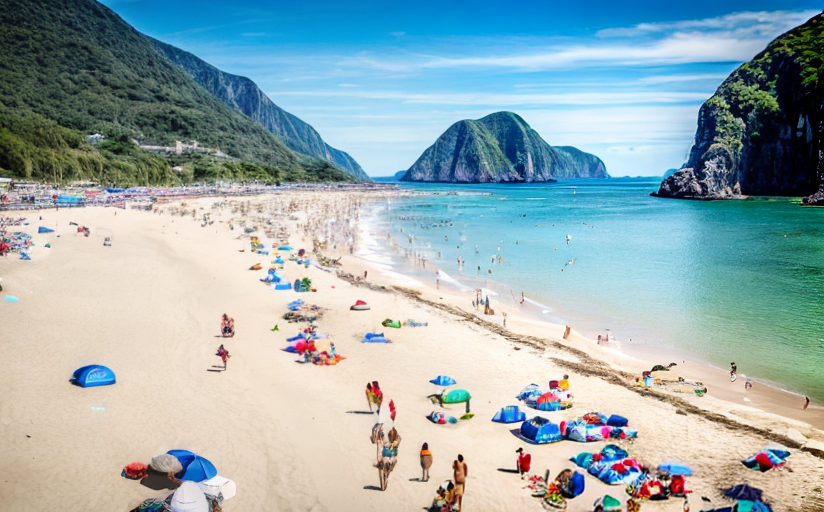Understanding Over-Tourism and its Environmental Implications
What is Over-Tourism?
Over-tourism is a term used to describe the level of tourism that exceeds the capacity of a destination, leading to a decline in the quality of life for residents or degradation of the environment and cultural sites. This overwhelming influx of tourists often results in damaging effects on local communities and the natural environment.
Causes of Over-Tourism
Several factors contribute to over-tourism. The boom in affordable travel options, paired with a rise in global middle-class who can afford to travel, has resulted in an unprecedented number of tourists worldwide. Additionally, certain destinations are over-promoted leading to an excessive influx of tourists.
Environmental Implications
Over-tourism contributes significantly to environmental degradation. Here is how:
Pollution
Overcrowded tourist destinations often suffer from increased pollution - noise, air, and waste. These harmful pollutants negatively impact the natural environment, damaging plants and wildlife, and putting biodiversity at risk.
Disruption of Ecosystems
Tourism can result in habitat disruption, endangering indigenous species. For instance, the excessive footfall in areas not built to withstand such traffic can lead to soil erosion and increased vulnerability to natural disasters like landslides.
Depletion of Natural Resources
Over-tourism also puts pressure on natural resources. Increased water consumption, deforestation for the construction of hotels and resorts, and overfishing are some examples of how tourism can lead to the depletion of local resources.
Case Studies
Maya Bay, Thailand
Maya Bay, famous for its starring role in the movie The Beach, closed indefinitely due to excessive tourism. This once pristine bay was visited by an average of 5,000 tourists and 200 boats daily. The overwhelming tourist traffic led to severe damage to the bay's coral reefs, prompting authorities to close it to enable ecosystem recovery.
Venice, Italy
Venice, one of the most visited cities in the world, is sinking due to rising sea levels and the wear and tear from millions of tourists. The pollution from motor boats and cruise ships also harms the city's structures and its lagoon ecosystem.
Ways to Mitigate Negative Impact
Both tourists and the tourism sector can help mitigate the adverse effects of over-tourism on the environment. Responsible tourism practices, such as limiting visitor numbers, promoting respect for local cultures and environments, and implementing sustainable policies can significantly reduce the negative impact of tourism.
The Future of Over-Tourism and Recommendations
If not properly managed, over-tourism could lead to the irreversible destruction of natural habitats and cultural heritage sites. It is essential for the tourism industry to shift towards more sustainable practices: limiting visitor numbers, enforcing stricter environmental regulations, and raising awareness about sustainable tourism among tourists.
















Comments
Leave a Comment